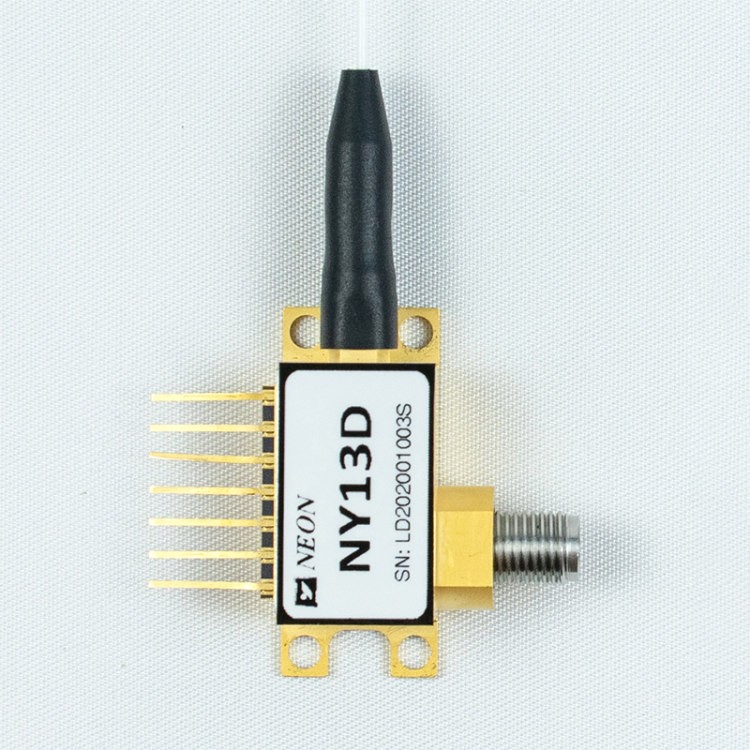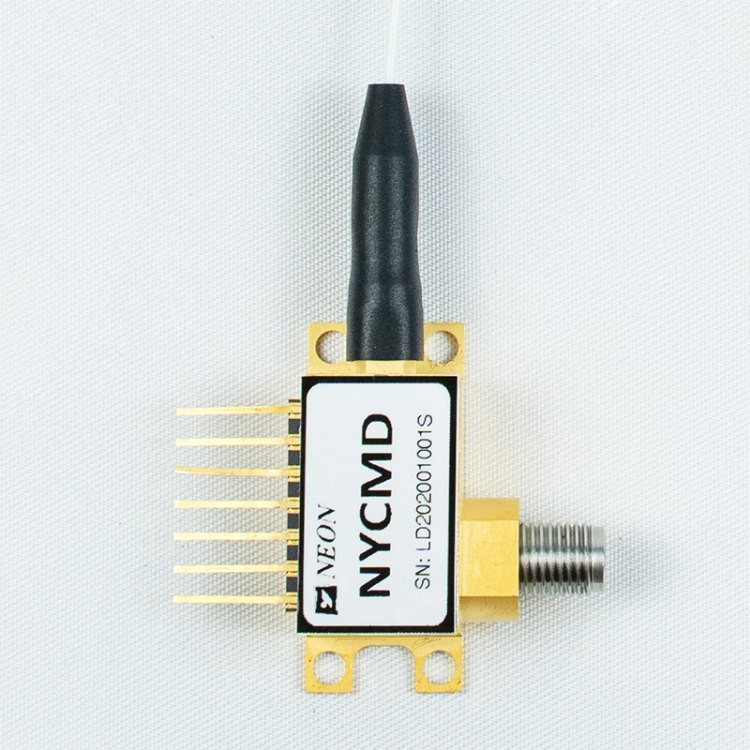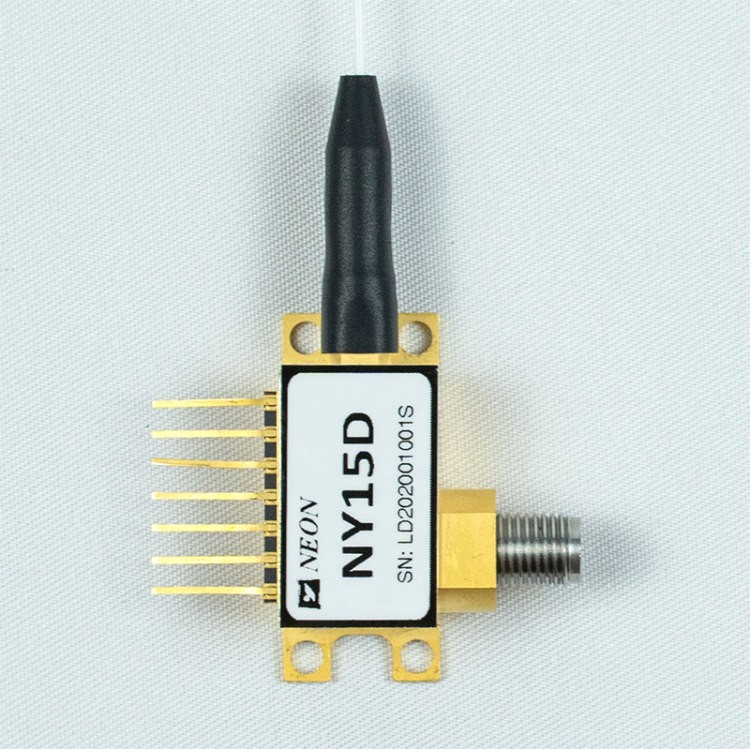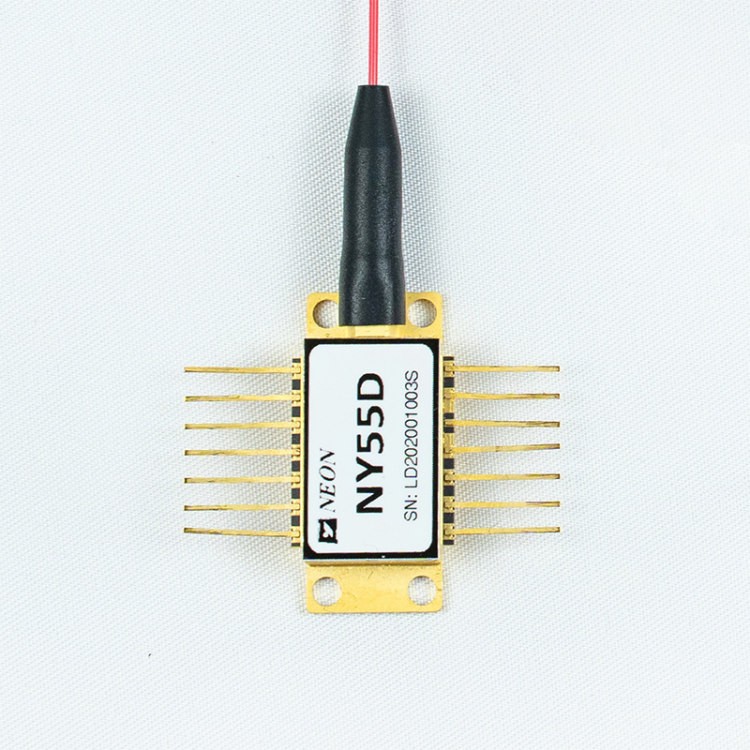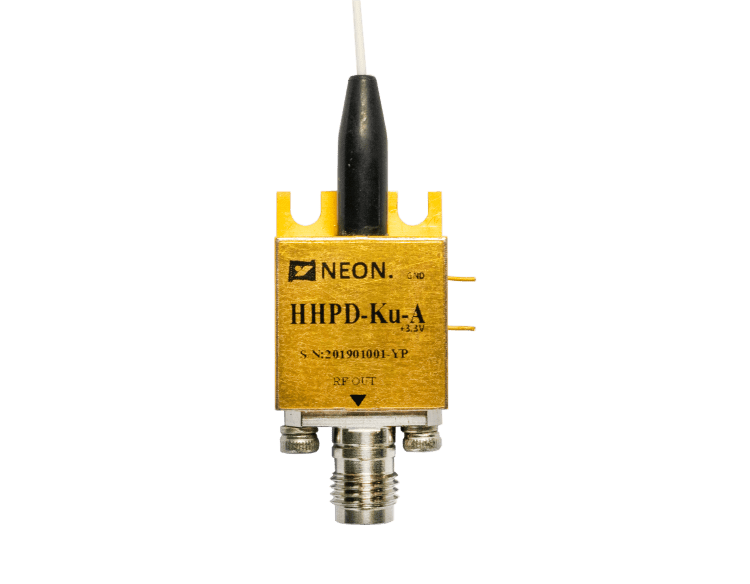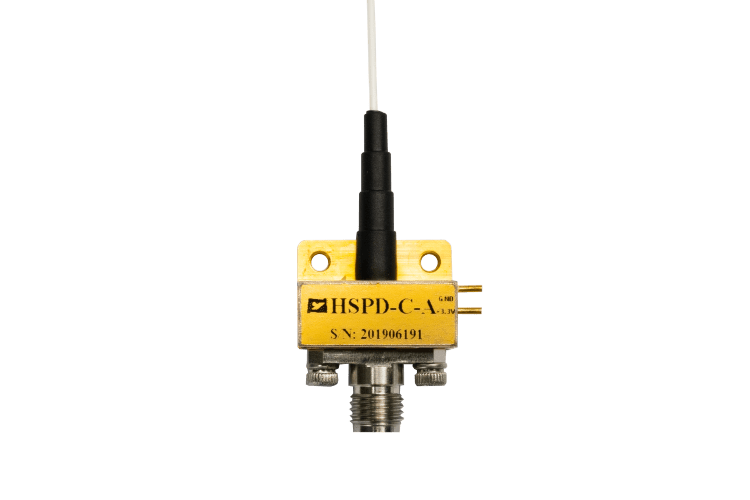Basics of Fiber-Coupled Laser Diodes
Today, laser diodes are everywhere. They are the simplest components for converting electrical energy into laser power. Laser diodes are based on various semiconductor compounds (GaAs, InP, or other more complex structures such as GaN). Single-mode laser diodes are low-power laser diodes (typically <1W), while multimode laser diodes are higher-power devices (typically 10 W to several kW).
This article will introduce the basic knowledge of fiber-coupled laser diodes, introduce single-mode and multi-mode fiber-coupled laser diodes, the working principle and function of Bragg gratings, and the working principle, and characteristics of DFB/DBR, and how to drive various fiber-coupled laser diodes.
What is fiber optics?
There are generally two types of active fibers used to couple light from laser diodes:
Single-mode fiber: The core is typically a few microns (eg, about 6 µm core at 1 µm wavelength, and about 9 µm core at 1.5 µm wavelength).
Multimode fiber: Larger diameter to handle higher levels of optical power. Standard versions have core diameters of 62, 100, 200, 400, 800, or even > 1000 µm. The smaller the diameter, the easier it is to focus the light from the fiber onto a small spot using a lens or microscope objective.
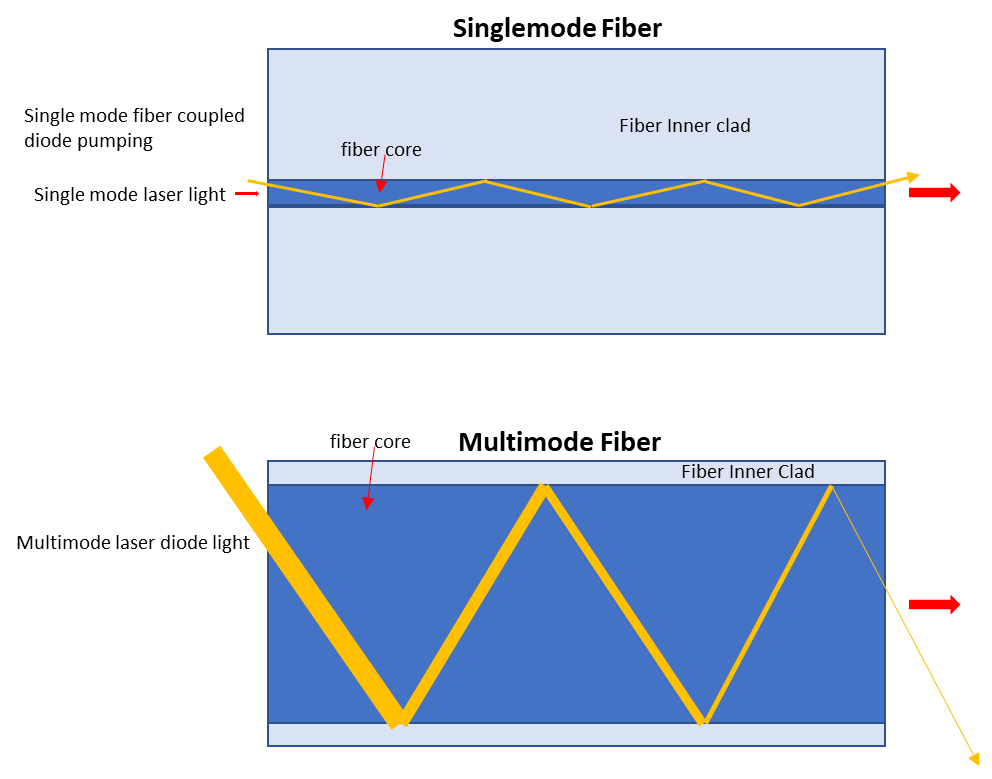
Polarization-Maintaining Fiber: Single-mode laser diodes can be standard fiber (SMF) or polarization-maintaining fiber (PM). In the latter, the fiber has a special cladding structure that maintains the polarization of the light over the entire length of the fiber.
Single Mode Fiber Coupled Laser Diodes
Single-mode fiber-coupled laser diodes This type of laser diode is usually assembled in a “butterfly” package that contains a TEC cooler and a thermistor (today’s trend is toward smaller form factors). Single-mode fiber-coupled laser diodes are typically capable of output powers ranging from a few hundred milliwatts to 1.5 watts.
There are several other package styles on the market. For example, the following DIL packages are often encountered in the telecom market, or coaxial packages, typically less than 10mW.

The image below shows 3 common types of laser diodes on the market. VCSEL laser diodes are generally not fiber coupled. They are the type of laser diodes commonly found in large diffusion sensings applications, such as computer mouse devices or smartphone 3D sensing facial recognition.
DFB and Fabry-Perrot side-emitting diodes are typically fiber-coupled as follows:

DBR or DFB laser diode devices integrate the Bragg grating wavelength stabilization section directly into the laser diode chip. This typically provides a narrower emission wavelength (about 10^(-5) nanometers) for DFBs at 1 MHz, rather than about 0.1 nanometers for Fabry-Perot with Bragg gratings.

Multimode Fiber-Coupled Laser Diodes
There are 4 types of multimode fiber-coupled laser diodes:
Single Emitter: When the laser diode chips are individually assembled on the submount and individually packaged in the laser diode module. What we’re talking about here is typically a 15W power coupled to a 105 (core)/125µm (cladding) laser diode
Multiple Emitters: When multiple emitters are separated and optically coupled together with other isolated emitters in multimode fiber (Figure 19-right). As a result, output power levels can be scaled to hundreds of watts, and the size of the fibers can be kept small, such as 100 or 200 µm cores.
Single bar: When multiple emitters are held together as a single bar (Figure 17) and assembled in a single laser diode module. What we’re talking about here is typically around 50 W of power, typically coupled to a 200 µm (core)/240 µm (cladding) laser diode.
Doba Bars: When multiple bars are assembled in a large water-cooled package and coupled in a large-diameter multimode fiber. What we are talking about here is 100 watts or even KW coupled into, for example, 600 or 800 µm core multimode fiber.



